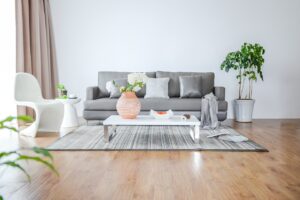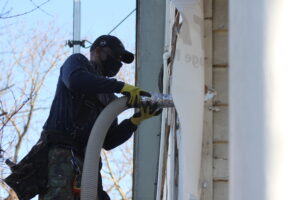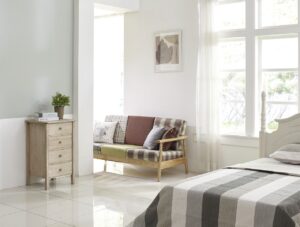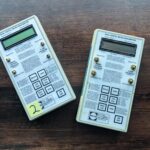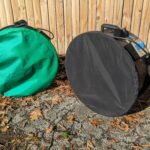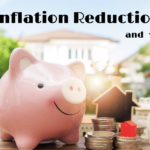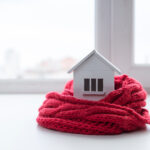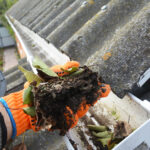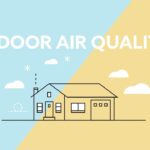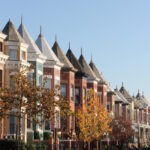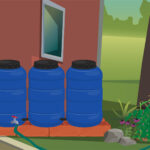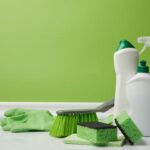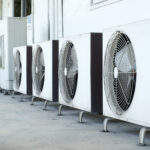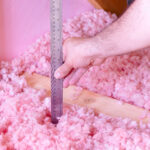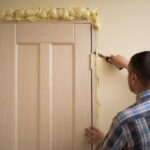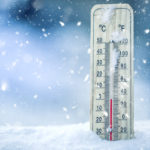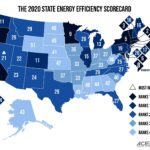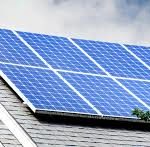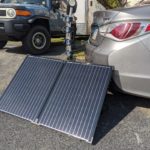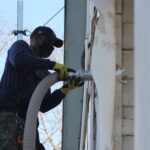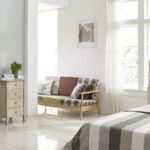A house we recently audited was interesting because it was built to be quite an efficient home, with brick veneers and R-13 insulation in the walls. At a first glance, one would assume that this home would have a low infiltration rate, low energy bills, and also perform efficiently. However, upon entering the home we discovered quickly how uncomfortable the house was and how high the customers energy bills were. As we began our energy audit it was clear as day what the issues were.
The first issue was that this home had no soffit vents and eave vents in the attic and the attic was not ventilated properly. In other words, the attic was acting like an oven at the top of the house which contributes to the temperature difference between the floors of the house. Furthermore, the second floor had a cantilever going out the back with little to no insulation. Now, when the house was originally built the cantilever had insulation however over time that insulation shrinks. Additionally, there was no air barrier put between the joist. So, if you can imagine a cantilever on the second floor, the joist that support the second floor are extended and overhanging the first floor and there is no ceiling between the joist. Consequently, this open space acts like an air-thermal break between the floors as air can freely move throughout the home. This results in the house feeling really hot in the summer.
Another problem with the house is that it had a hybrid crawlspace. The crawlspace did not have any insulation on the ceiling of the crawlspace which indicates that the crawlspace should be included in the conditioned area of the house. Yet, there was no insulation on the walls of the crawlspace (an indication of an included conditioned space) and there was one vent going to the outside which means the crawlspace should be excluded from the house. So, either way there was no insulation on the walls nor ceiling, meaning it was neither included nor excluded properly. This is a problem because the crawlspace has a big impact during the wintertime on the comfort of the room that is above it.
These problems that existed in this house can easily be fixed, which ultimately helps the efficiency of your home, the cost of your energy bills and most importantly your comfort. So, get in contact with us today so we can provide a detailed home energy audit and turn your home into a comfortable living space!

